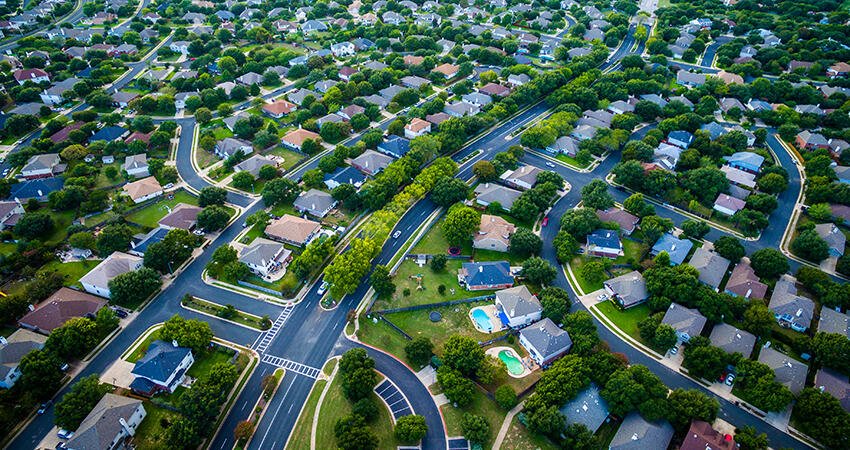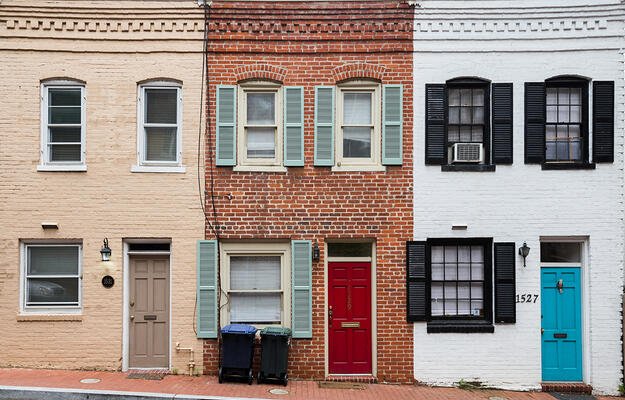
(Roschetzky Photography/Shutterstock)
Is Health Care Access Limited in the Suburbs?
- Title:
-
Health Care in the Suburbs: An Analysis of Suburban Poverty and Health Care Access
- Author:
-
Alina S. Schnake-Mahl and Benjamin D. Sommers
- Source:
- Publication Date:
-
2017
American suburbs have become increasingly economically, racially, and ethnically diverse. In 2014, the suburbs were home to 16.9 million Americans living in poverty—more than the number of people in poverty in metropolitan and rural communities. These changes in composition may have affected health insurance coverage and access to care. To better document health care gains and gaps before and after the passage of the Affordable Care Act (ACA), researchers from the Harvard T.H. Chan School of Public Health compared national insurance coverage and health care access among suburban, urban, and rural communities. In doing so, the researchers aimed to understand whether national gains in health insurance and health care access equally affected urban, suburban, and rural settings.
The researchers used national data from the Behavioral Risk Factor Surveillance System (BRFSS), which is the world's largest ongoing telephone survey established by the Centers for Disease Control and Prevention and US state health departments to collect data on health-related risk behaviors, chronic health conditions, and use of preventive services. The BRFSS is also the only publicly available, nationally representative survey on health care coverage and access with indicators at the state and substate levels, using geographic identifiers such as metropolitan statistical areas (MSAs). MSAs differentiate a central city, its suburbs, and other economically or socially linked communities. Using this identifier, the researchers defined “urban” as the center city only; “suburban” as the areas outside the center city but inside the county containing the center city, as well as the areas inside a suburban county of the MSA; and “rural” as areas that fall outside an MSA.
The study evaluated survey data from 3,259,300 respondents ages 18 to 64 on health insurance and access to health care from 2005 to 2015. Along with demographic, employment, household income, and MSA information, they assessed four main measures: being uninsured, having no usual source of care (defined as lacking one or more personal doctors or health care providers), having an unmet care need due to cost in the past year, and having no receipt of a routine checkup in the past year.
Key findings
- While 38 percent of the US population resides in the suburbs, almost 40 percent of all uninsured Americans live in the suburbs—equivalent to 1 in 7 (18.7 percent) suburban residents lacking health insurance coverage. Though this rate was lower than urban and rural areas, the sheer number of people uninsured in the suburbs is greater.
- After adjusting for income and other demographic factors, rates of health coverage and access were similar across suburban, urban, and rural areas, suggesting thatliving in suburban neighborhoods provides little protective effect. Although the probability of being uninsured was similar across suburban, urban, and rural communities, these rates were far higher for people experiencing poverty: the likelihood of having no usual source of care and no receipt of a routine checkup was 20.1 percent and 34.7 percent, respectively, for suburban residents with low incomes.
- In the suburbs, income greatly influences access to care. The study's adjusted estimates reveal that 36.4 percent of suburban residents with low incomes had an unmet health need because of cost and 42.4 percent had not had a recent checkup, compared with 15.7 percent and 34.7 percent, respectively, for the suburban population overall.
Policy implications
- Federal designations may need to shift to help people in the suburbs access care. Health care services and infrastructure for people with low incomes are scarce in many suburban areas. Locations of and funding for health centers are dependent on the Medically Underserved Area/Population (MUA/MUP) designation, which is difficult for large suburban communities to attain, as areas with a higher density of people with low incomes are often located within the same census tracts as more affluent areas. Policy processes for identifying MUAs/MUPs need to adjust to account for the geography of poverty.
- More support beyond insurance coverage is needed to encourage access to care. Fewer suburban health care providers appear willing to treat uninsured and Medicaid patients with low incomes, meaning suburban patients often needing to travel long distances to receive care. Limited public transportation systems and sprawl in the suburbs may present unique barriers to patients with low incomes.
- Policy approaches should not overlook suburban neighborhoods. Sizable barriers remain, such as suburban unemployment, which may worsen uninsurance and health care access. Overlooking the challenges faced by some residents of suburban areas—particularly those with low incomes—ignores a large segment of the population in health-focused policy, programing, and funding.


